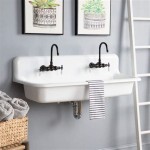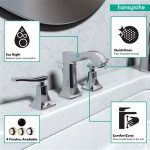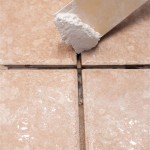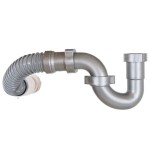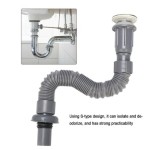Essential Aspects of Yellow Water Marks On Bathroom Walls
Understanding the key aspects of yellow water marks on bathroom walls is crucial for maintaining a clean and healthy bathroom environment. These unsightly stains can indicate underlying issues that may compromise the structural integrity, safety, and hygiene of your bathroom. In this comprehensive guide, we will delve into the essential aspects associated with yellow water marks on bathroom walls, empowering you with the knowledge necessary to effectively address and prevent this common bathroom issue.Identifying the causes of yellow water marks is the first step toward effective remediation. Yellow water marks can result from various factors, including water leakage, condensation, mold growth, and mineral deposits. Determining the root cause will guide your approach to resolving the problem and preventing its recurrence. Inspection of pipes, fixtures, and seals for leaks is essential, as well as assessing ventilation and moisture levels within the bathroom to minimize condensation.
The materials used in your bathroom can significantly impact the formation and severity of yellow water marks. Porous surfaces like drywall and grout absorb moisture, making them more susceptible to stains. Non-porous surfaces, such as tiles and glass, are less prone to water absorption but may still exhibit yellow marks if not adequately cleaned and maintained. Understanding the characteristics of the materials in your bathroom will help you develop appropriate cleaning and maintenance strategies.
The severity of yellow water marks can vary depending on the extent of the underlying problem. Minor water marks may be superficial and easily removed with regular cleaning, while more severe stains may require specialized treatments or repairs. Identifying the severity will guide your decision-making process and determine the appropriate course of action to restore the aesthetic appeal of your bathroom walls.
Prevention is always preferable to remediation when it comes to yellow water marks on bathroom walls. By implementing preventative measures, you can minimize the likelihood of stains developing, saving you time and effort in the long run. Ensuring proper ventilation and moisture control is essential, as excessive moisture encourages the growth of mold and mildew. Regular cleaning and maintenance of bathroom surfaces, including thorough drying after use, will help prevent water absorption and the formation of yellow marks.
In conclusion, understanding the essential aspects of yellow water marks on bathroom walls is paramount for maintaining a hygienic and aesthetically pleasing bathroom environment. Identifying the causes, considering the materials involved, assessing the severity, and implementing preventative measures will empower you to effectively address and prevent this common bathroom issue. By following the guidelines outlined in this article, you can restore your bathroom walls to their pristine condition and enjoy a clean, fresh, and healthy bathroom space.

How To Get Water Stains Off Bathroom Walls Igloo Surfaces

What Causes Water Stains On Walls And Ceilings

Why Did My Ceiling Turn Yellow

Yellow Oily Drops Bleeding Through Walls Doityourself Com Community Forums

Removing Soap Scum Orange Stains In Shower Surrounds

Why Are There Yellow Stains On My Bathroom Ceiling 3 Main Reasons Calahan Bath Kitchen And Sunrooms

Spots On Bathroom Ceiling Shower Ceilings Yellow

Why Are There Yellow Stains On My Bathroom Ceiling 3 Main Reasons Calahan Bath Kitchen And Sunrooms

Why Is My Bathroom Paint Streaky Surfactant Leaching Problems Castle Complements Painting

Why Your Walls Might Bleed Hunker
Related Posts
